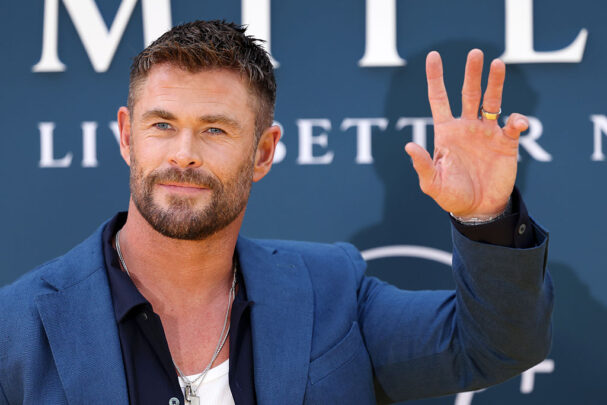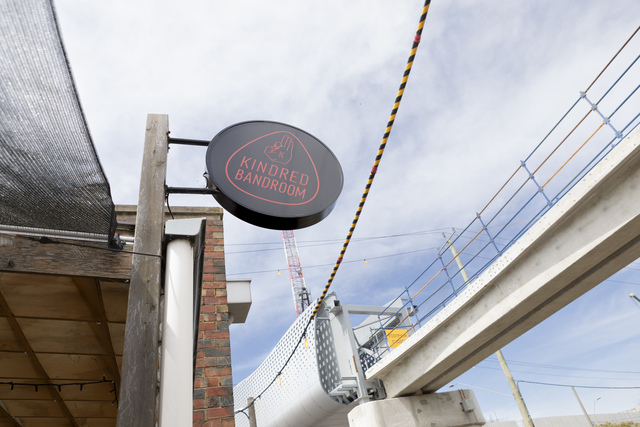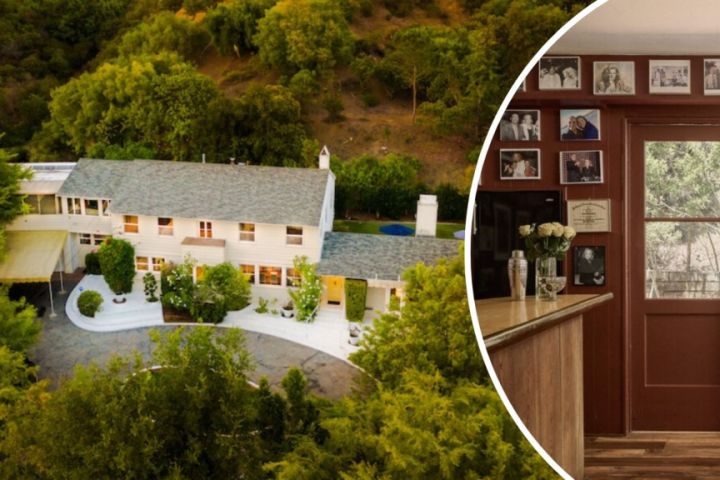Woodstock's Hidden Gems: The Iconic '60s Acts You Didn't See in the Classic Film

The Woodstock Music & Art Fair of 1969. The name alone conjures images of peace, love, and groundbreaking music. The documentary film, Woodstock, immortalized the event for generations, capturing the essence of a cultural revolution. However, what many don’t realise is that a significant number of legendary artists graced the stage at Max Yasgur’s farm, only to be conspicuously absent from the final cut of the film.
While Jimi Hendrix’s electrifying rendition of 'The Star-Spangled Banner' and Janis Joplin’s raw, soulful performance became synonymous with Woodstock, the omissions are just as fascinating. Let's delve into the stories of some of the '60s icons who rocked the festival but were largely left out of the iconic film.
The Velvet Underground: A Proto-Punk Powerhouse
Lou Reed and The Velvet Underground, pioneers of proto-punk and art rock, delivered a blistering set on the Sunday of the festival. Their experimental sound and edgy lyrics resonated with the counterculture movement. Despite the strong performance, their footage was reportedly cut due to technical difficulties with the filming equipment during their set. It’s a significant loss, as witnessing The Velvet Underground’s energy in that environment would have added another layer to the Woodstock narrative.
The Grateful Dead: A Psychedelic Journey Cut Short
The Grateful Dead, renowned for their improvisational jams and devoted following, were scheduled to perform on Sunday. However, due to the escalating chaos and logistical nightmares of the festival, their set was significantly shortened, and much of the footage was ultimately excluded from the film. While snippets of their performance remain, a full representation of their psychedelic exploration would have been a valuable addition to the Woodstock record.
Creedence Clearwater Revival: A Rock & Roll Absence
Perhaps the most glaring omission is Creedence Clearwater Revival. The band, at the height of their popularity, was booked to close out the festival on Sunday night. However, due to the worsening weather conditions and the sheer scale of the crowd, they ultimately cancelled their performance. Although they didn't play, their presence and the potential for a historic finale were undeniably part of the Woodstock story, and their absence remains a point of discussion among music historians.
Joan Baez: A Folk Icon's Missing Voice
Joan Baez, a leading figure in the folk music scene and a powerful voice for social change, also performed at Woodstock. While some of her performance was included, a significant portion was left on the cutting room floor. Her passionate delivery of protest songs and folk classics would have further enriched the film's tapestry of musical expression.
Why the Cuts?
The reasons for these omissions are varied. Technical glitches, time constraints, and directorial choices all played a role. The film’s runtime was already considerable, and difficult decisions had to be made to shape the narrative. However, the absence of these legendary acts leaves a curious gap in the Woodstock story, prompting us to consider the full scope of talent that graced the festival grounds.
The Woodstock documentary remains a landmark achievement in music filmmaking. However, understanding the stories of those artists who were excluded helps us appreciate the festival’s true magnitude and the rich musical landscape of the '60s. It's a reminder that even iconic events have untold stories, waiting to be rediscovered and celebrated.






